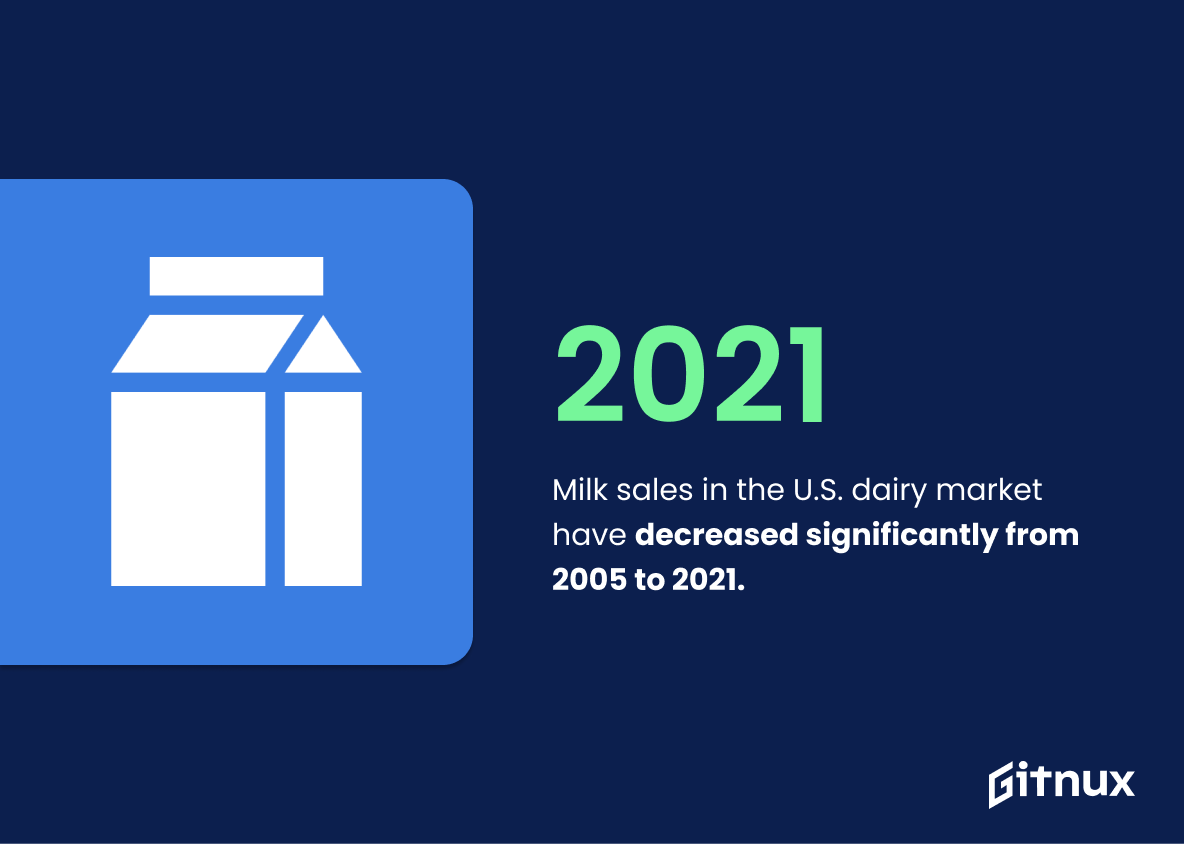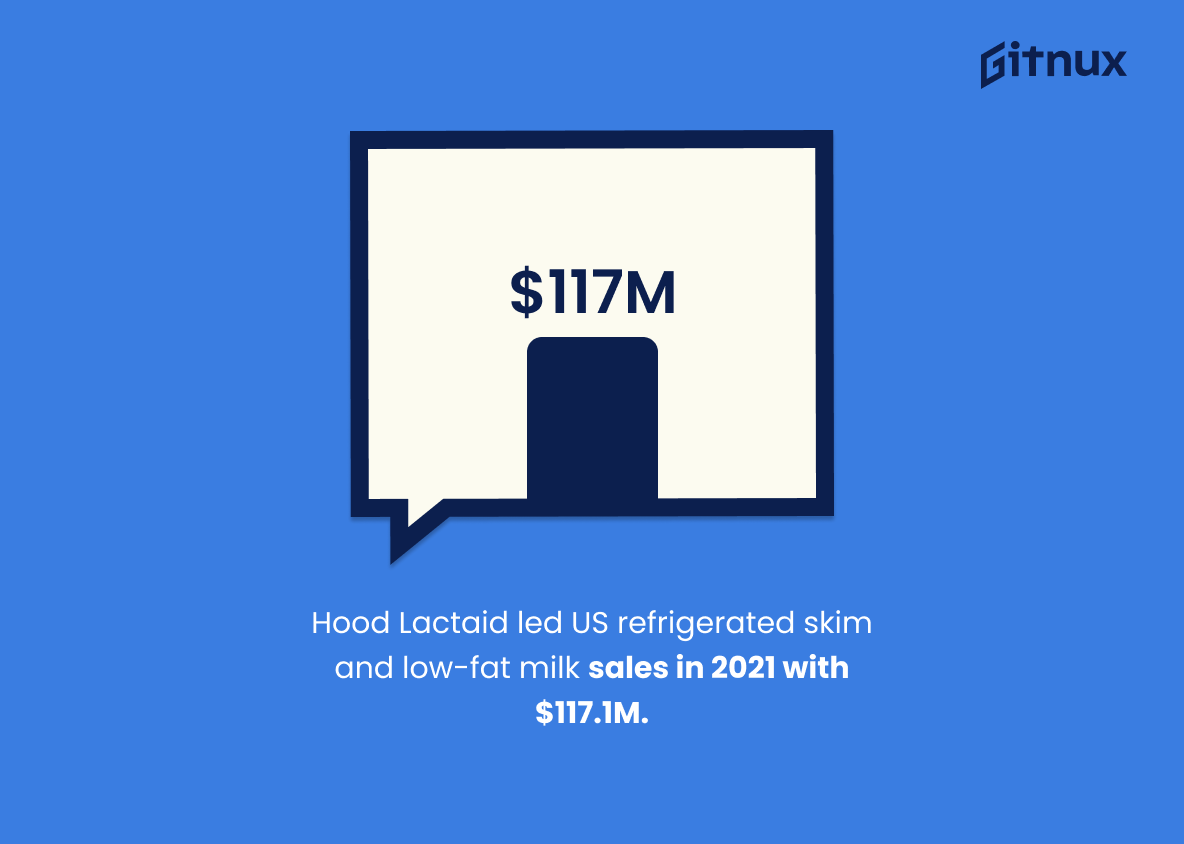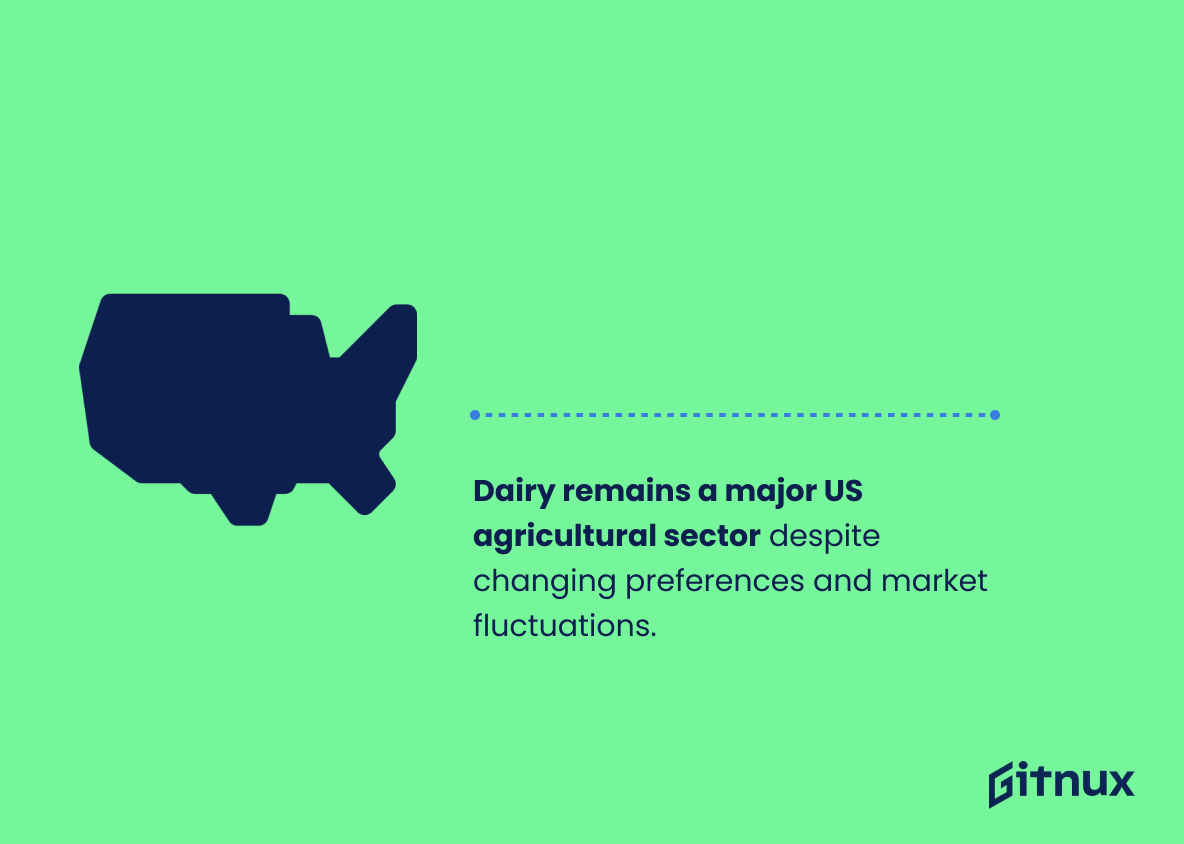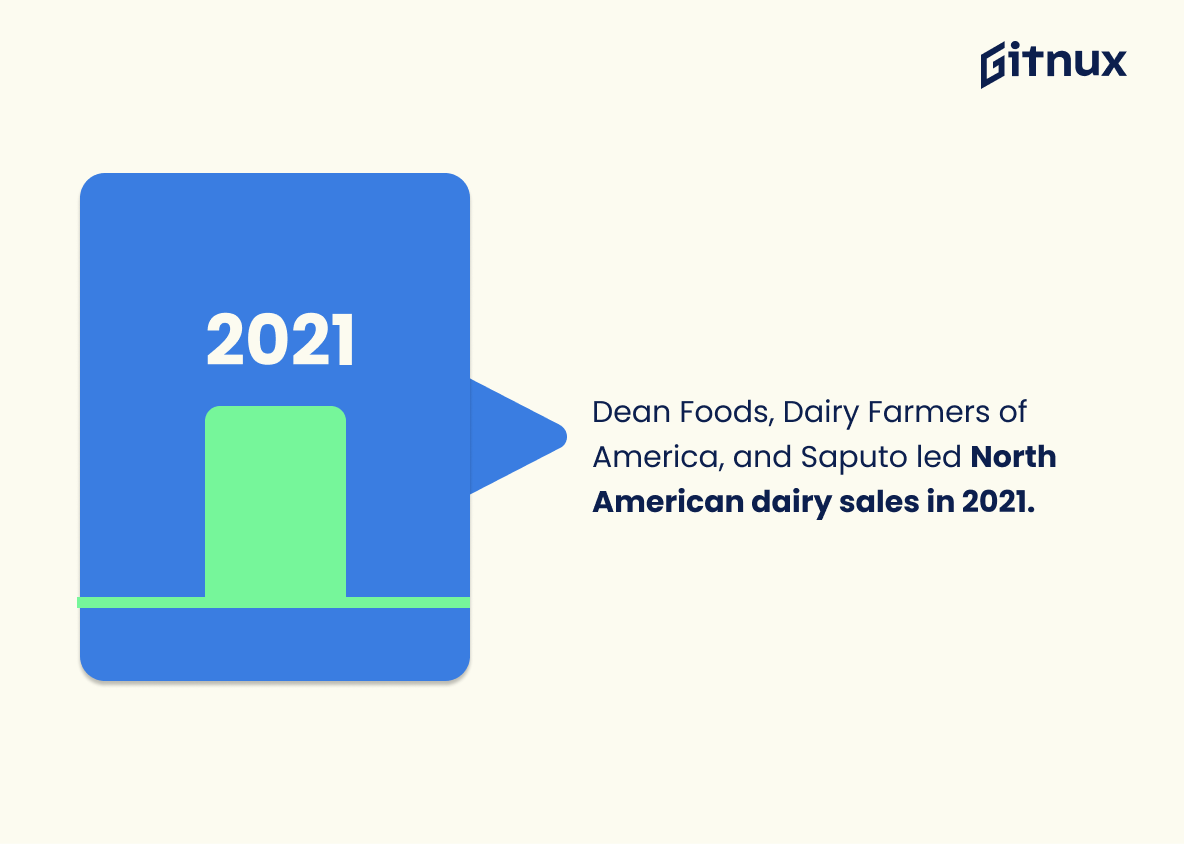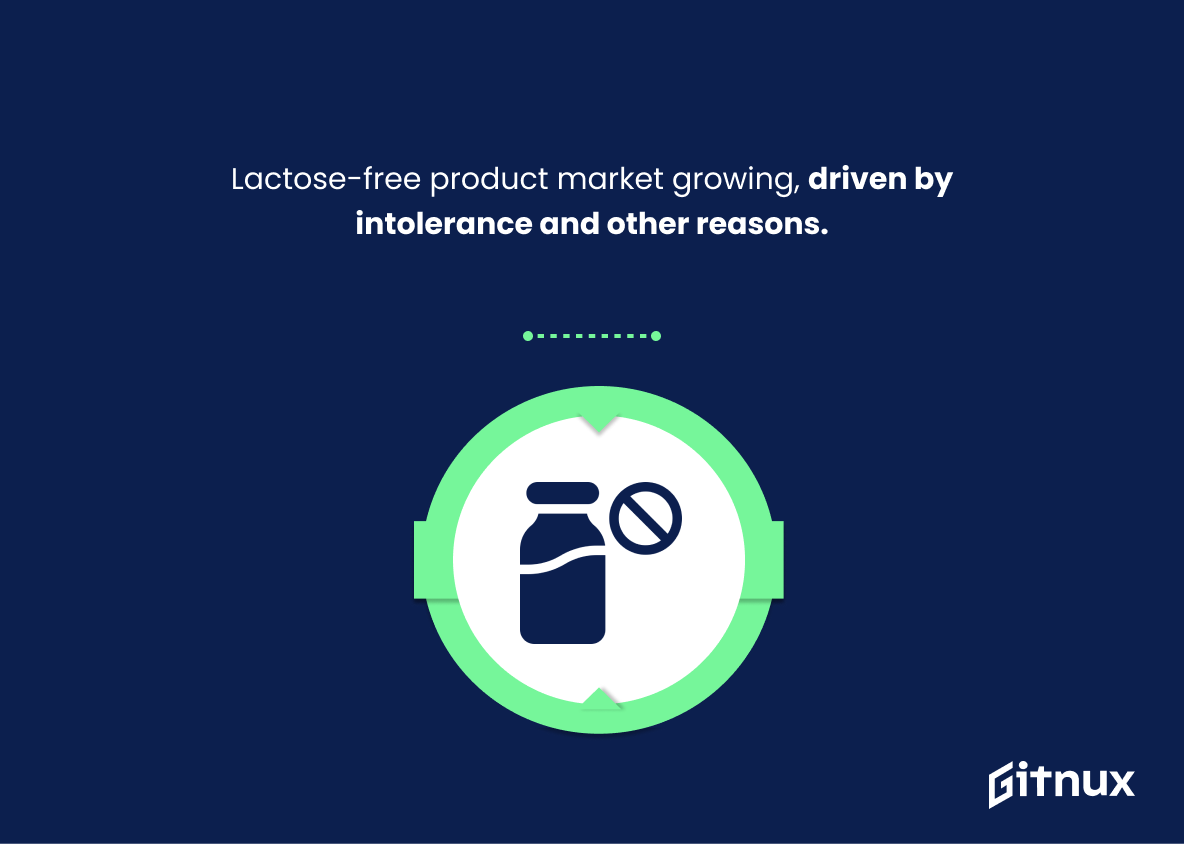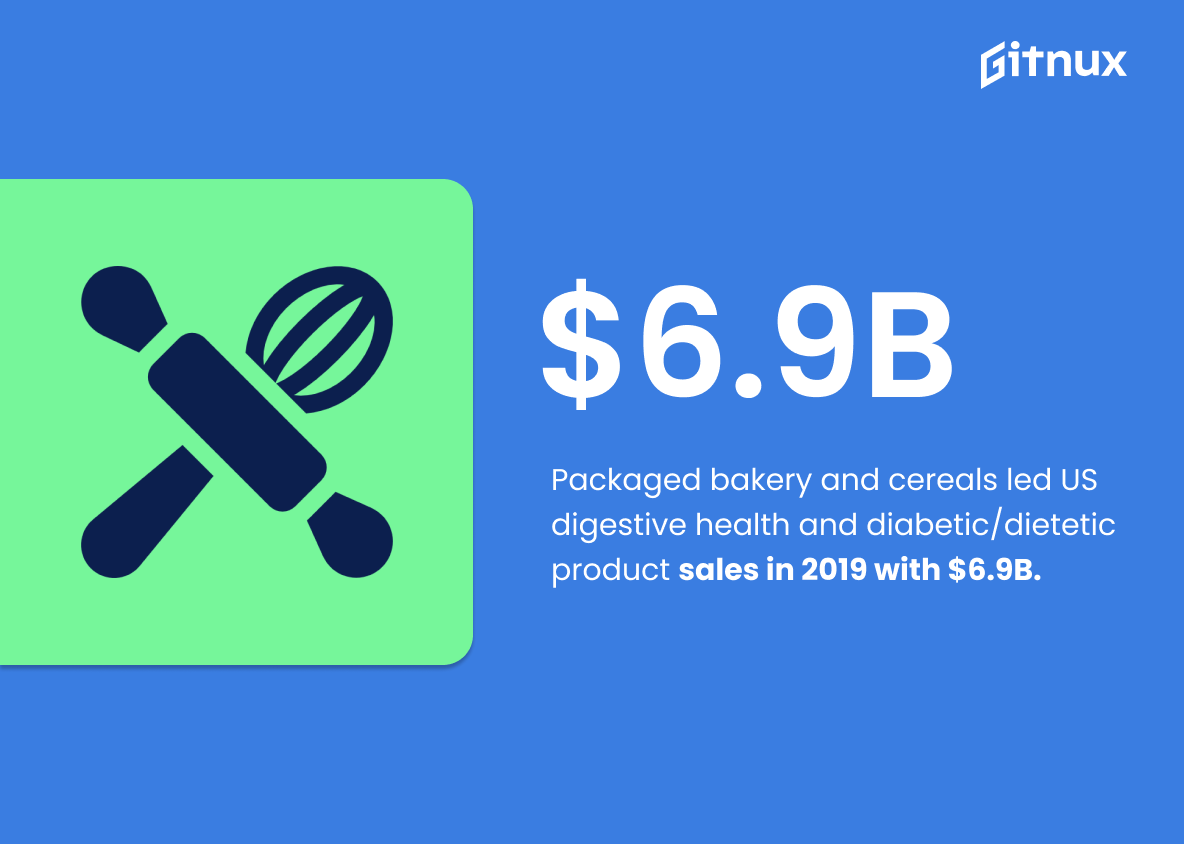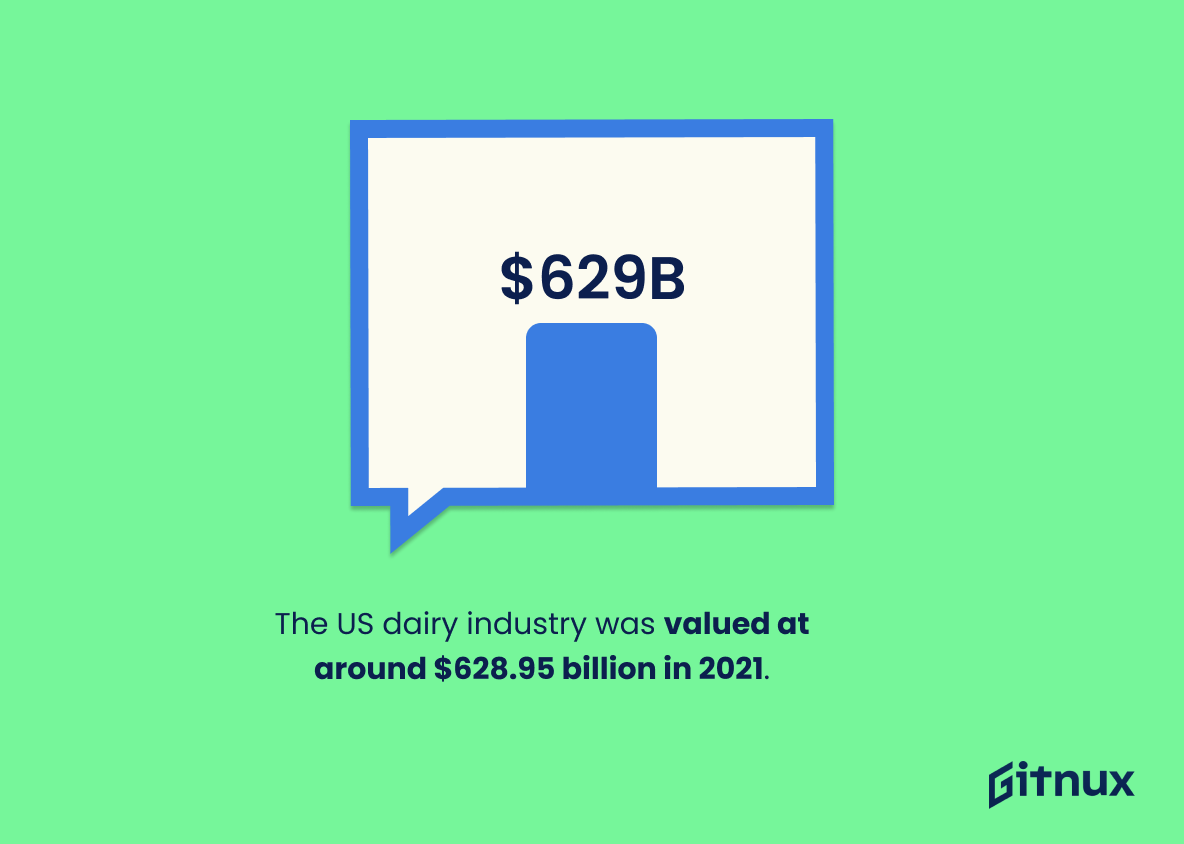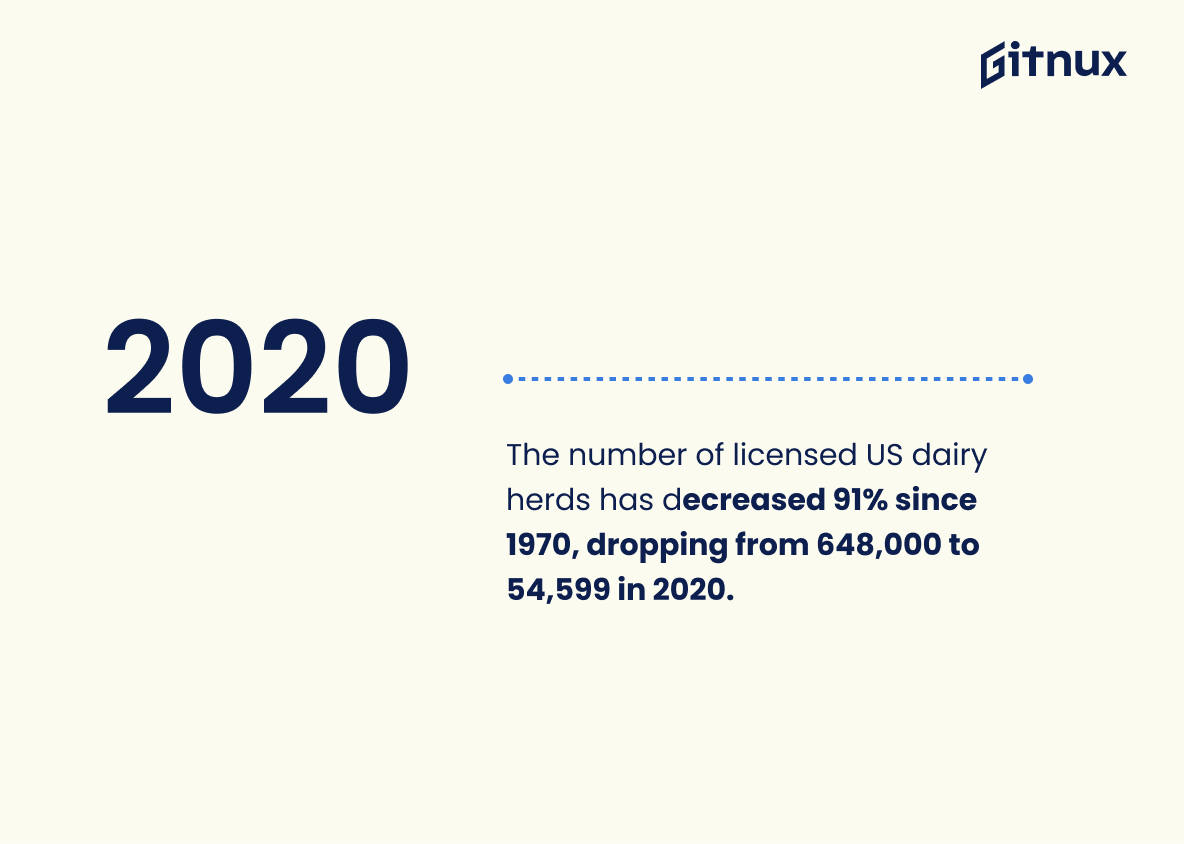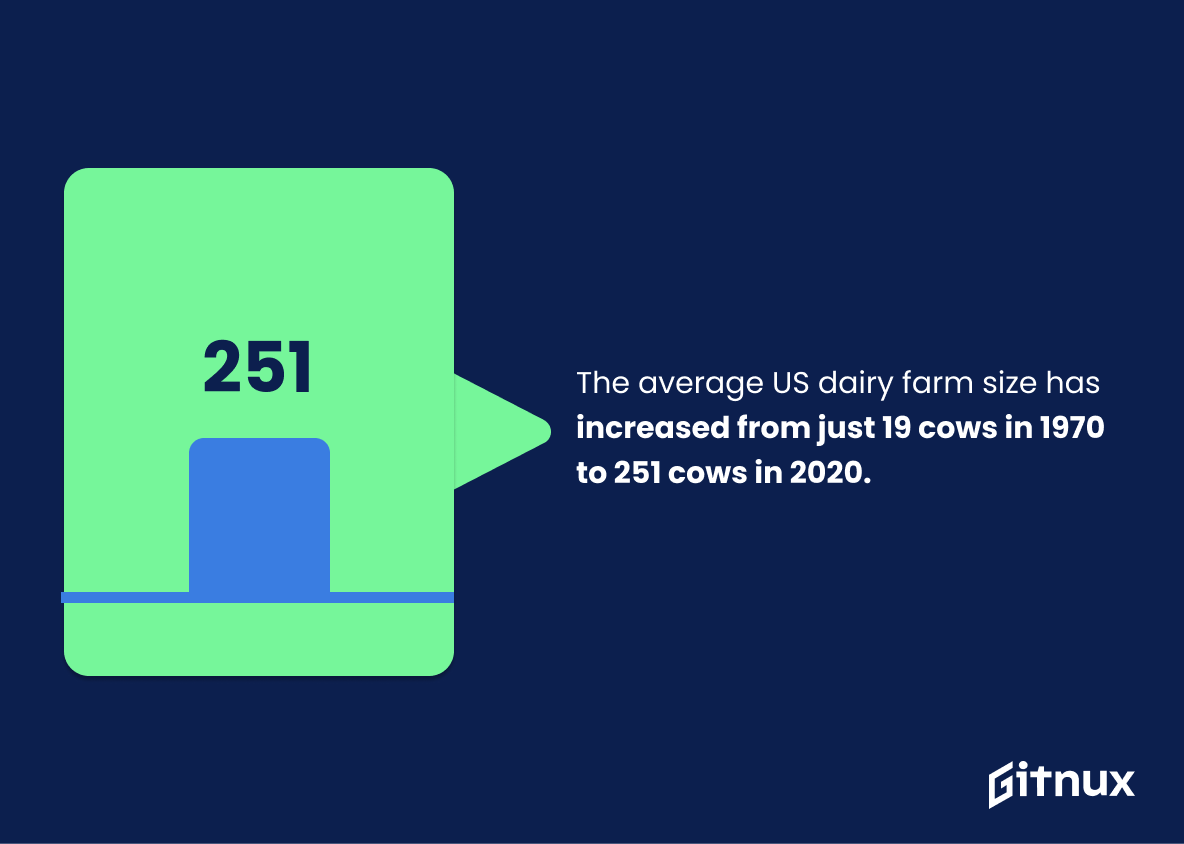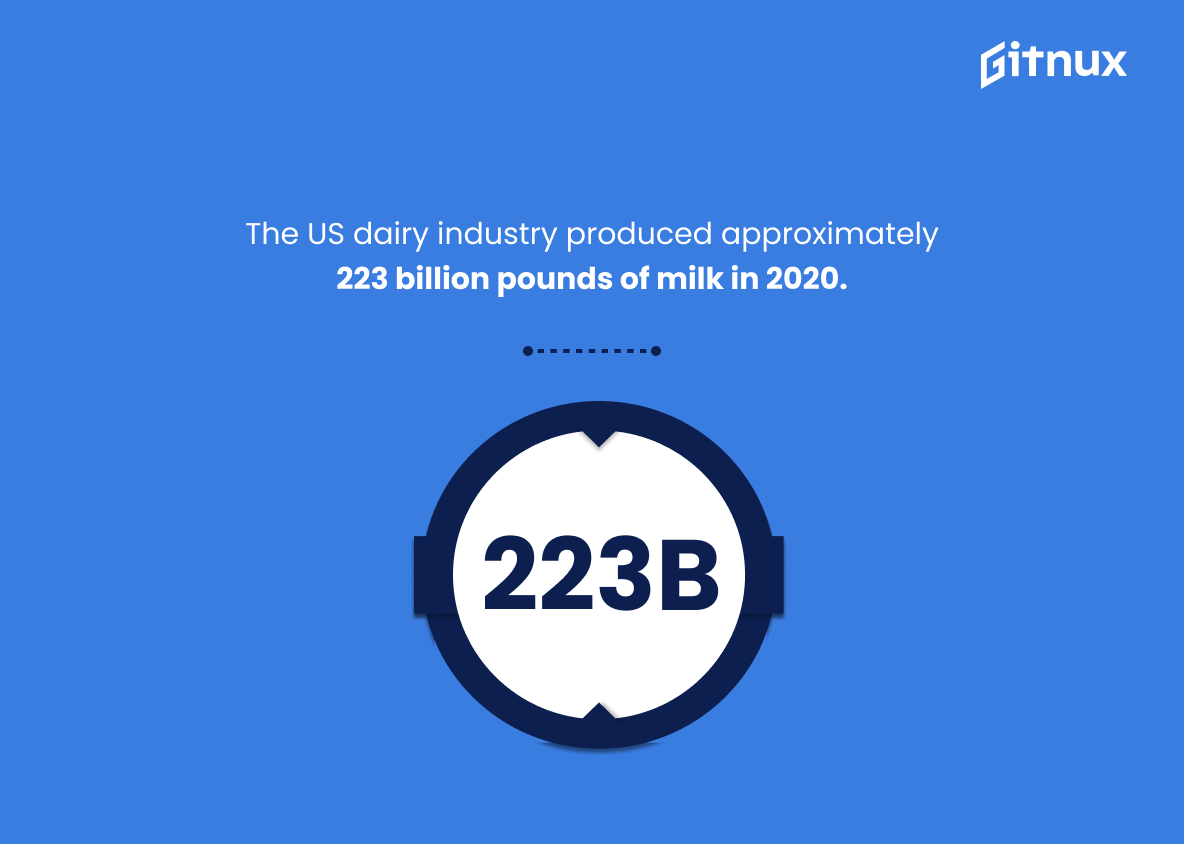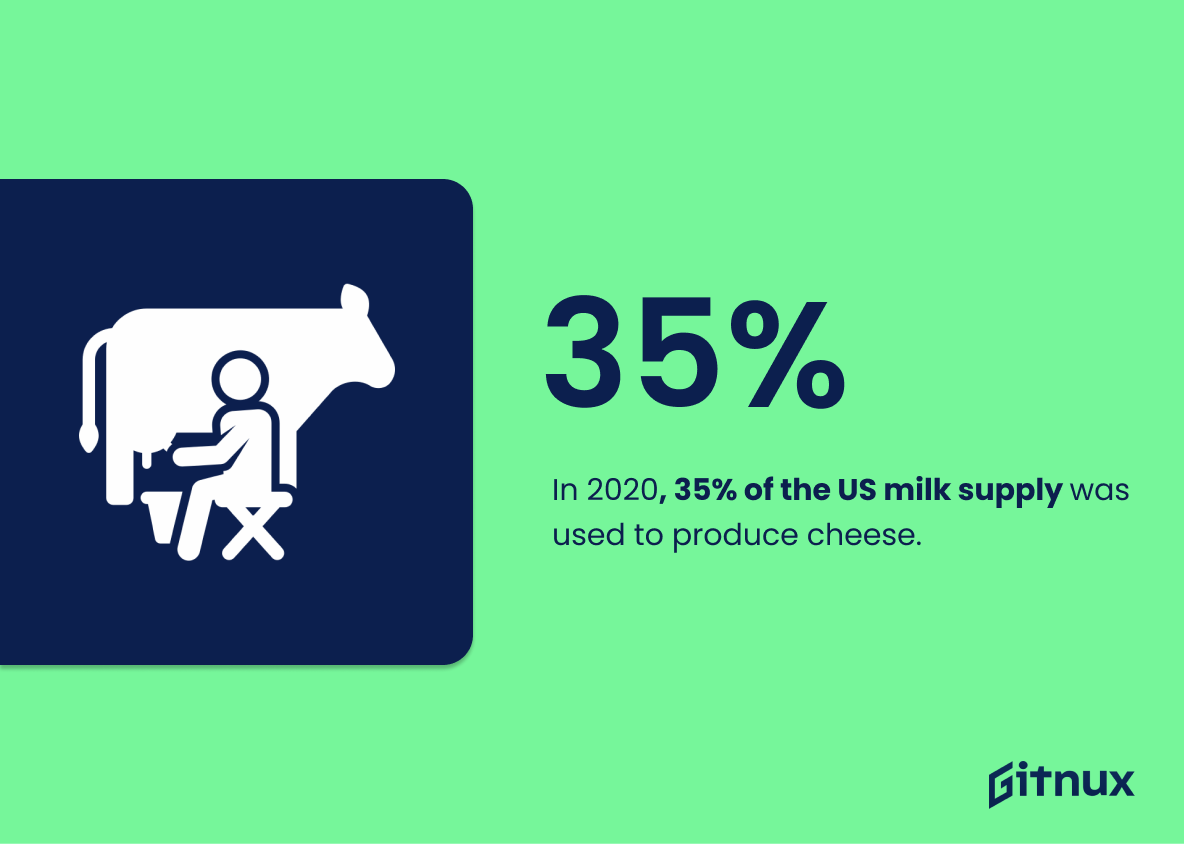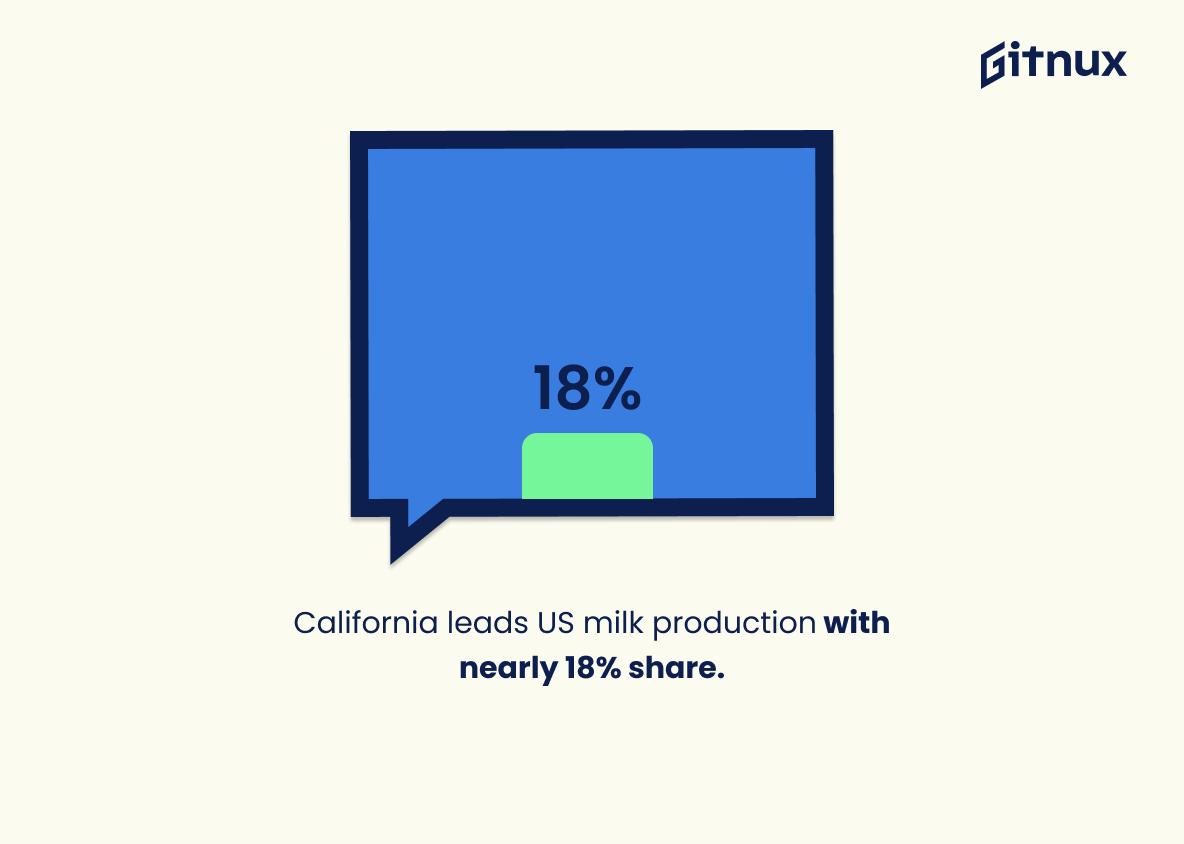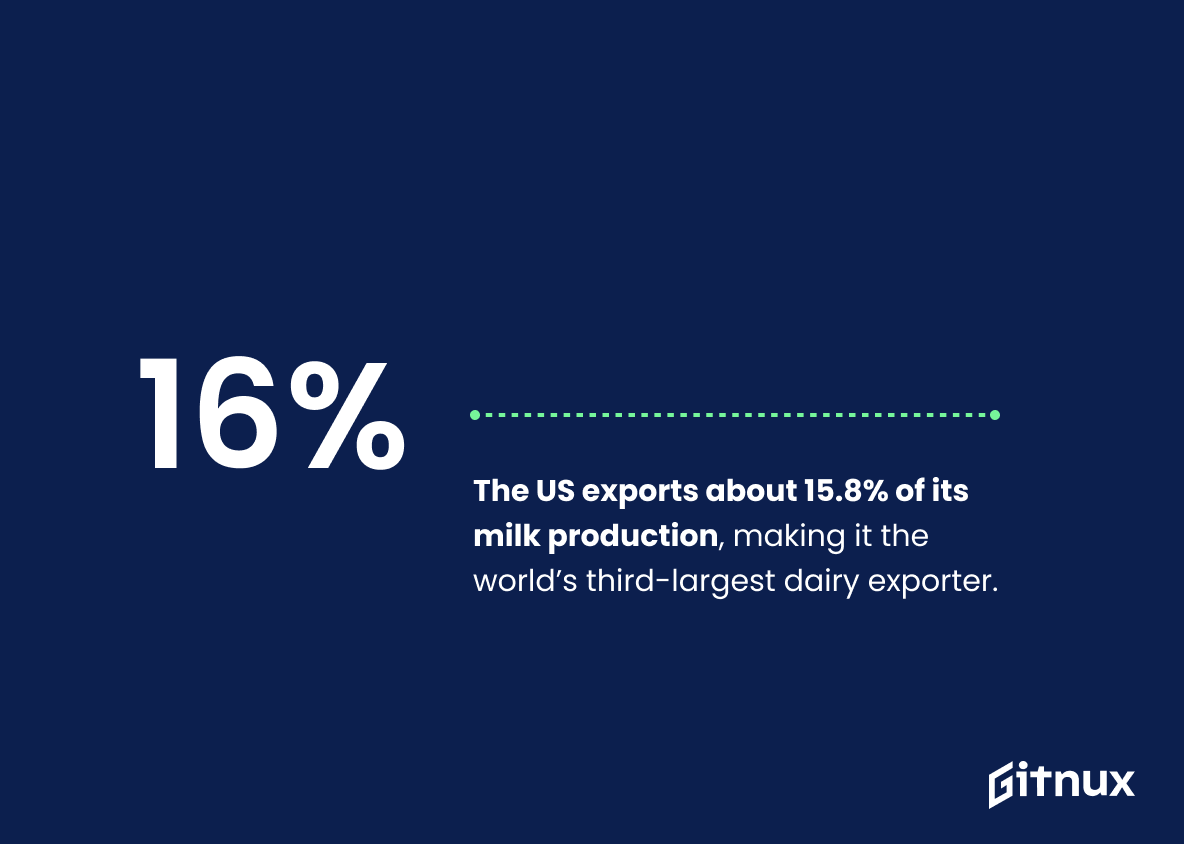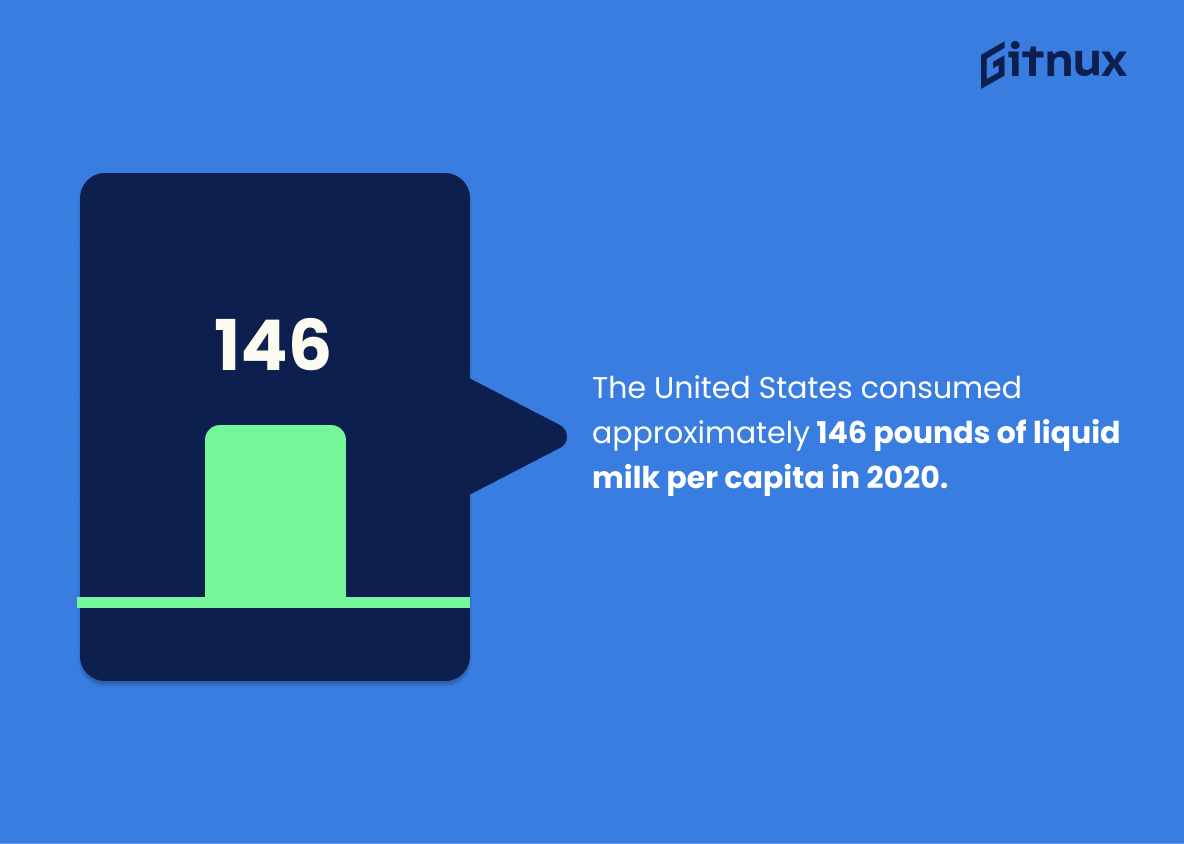The US dairy industry is an important part of the American economy, providing jobs and income for millions of people. It is also a major contributor to the nation’s food supply, providing milk, cheese, yogurt, and other dairy products.
In this blog post, we’ll take a look at some of the most important statistics about the US dairy industry, including production, consumption, and economic impact. We’ll also discuss some of the challenges the industry is facing and how it is responding to them. Finally, we’ll explore some opportunities for growth in the US dairy industry. So, let’s get started.
U.S. Dairy Industry: The Most Important Statistics
The European Union is the world’s leading producer of cow milk, producing over 145 million metric tons in 2021, and is home to over 20 million dairy cows.
California, Wisconsin, and Idaho are consistently the top three milk-producing states in the U.S., and the overall milk production in the U.S. decreased slightly from 2020 to 2021.
U.S. Dairy Industry Statistics Overview
Milk sales in the U.S. dairy market have decreased significantly from 2005 to 2021.
This shows that the industry is facing challenges due to increased competition from alternative milk products, changes in consumer preferences, and a shift towards plant-based diets. Despite the decline, milk remains a significant product in the U.S. dairy industry, and it is still consumed by many people in the country.
Hood Lactaid generated 117.1 million U.S. dollars in sales in the refrigerated skim and low-fat milk segment in 2021, making it the leading brand in the US.
California, Wisconsin, and Idaho are consistently the top three milk-producing states in the U.S., and the overall milk production in the U.S. decreased slightly from 2020 to 2021.
The dairy industry is still a significant sector in the U.S. agricultural economy, despite changing consumer preferences and market fluctuations.
Milk production has increased over the last several years, but retail sales have been declining, with the retail price of milk peaking in 2014 and fluctuating since.
The European Union is the world’s leading producer of cow milk, producing over 145 million metric tons in 2021, and is home to over 20 million dairy cows.
The top three dairy processors in North America based on sales in 2021 were Dean Foods Company, Dairy Farmers of America, Inc., and Saputo Inc., indicating the importance of these companies in the US dairy industry.
The European Union and the United States are the top two producers of cheese, India is the top producer of butter, and the global yogurt market is expected to increase significantly. This shows that the US is a major player in the global dairy industry, and that the industry is expected to grow significantly in the near future.
The data suggests that the market for lactose-free products is increasing, driven by people with lactose intolerance and those who choose them for other reasons.
This indicates a growing awareness and prevalence of lactose intolerance, which is important for the US dairy industry as it shows the need to cater to food intolerances and dietary restrictions.
In 2019, the packaged bakery and cereals food segment had the highest retail sales value for digestive health and diabetic/dietetic products in the United States, totaling 6.9 billion U.S. dollars.
The US dairy industry was valued at around $628.95 billion in 2021.
This highlights the sheer magnitude of the industry and its impact on the US economy. It also serves as a reminder of the importance of the dairy industry in providing essential products to the American public. This statistic is a powerful reminder of the importance of the US dairy industry and its role in the US economy.
The number of licensed US dairy herds has decreased 91% since 1970, dropping from 648,000 to 54,599 in 2020.
This serves as a stark reminder of the immense challenges faced by dairy farmers and the industry as a whole, and highlights the need for further research and action to ensure the sustainability of the industry.
The average US dairy farm size has increased from just 19 cows in 1970 to 251 cows in 2020.
The industry has expanded significantly, with the average farm size increasing by over 13 times. This is a testament to the success of the industry and its ability to adapt to changing market conditions. It also highlights the importance of the dairy industry to the US economy, as larger farms are able to produce more milk and generate more revenue.
The US dairy industry produced approximately 223 billion pounds of milk in 2020.
This serves as a reminder of the industry’s importance to the US economy and its role in providing a vital source of nutrition to the nation.
In 2020, 35% of the US milk supply was used to produce cheese.
Cheese production is a major component of the US milk supply, and that the dairy industry is heavily reliant on cheese production for its success. This statistic is a valuable insight into the US dairy industry and its reliance on cheese production, and is an important factor to consider when discussing the US dairy industry.
The largest dairy-producing state in the US is California, which accounted for nearly 18% of the nation’s milk production in 2020.
This highlights the state’s significant contribution to the nation’s milk production, demonstrating its importance to the industry as a whole. This information is essential for anyone looking to gain a better understanding of the US dairy industry and its dynamics.
The US exports about 15.8% of its milk production, making it the world’s third-largest dairy exporter.
This demonstrates the US’s ability to compete with other major dairy exporters, such as New Zealand and the Netherlands, and shows that the US dairy industry is a major player in the international market. This is an important point to consider when discussing the US dairy industry’s overall performance and success.
The United States consumed approximately 146 pounds of liquid milk per capita in 2020.
The US is consuming a significant amount of liquid milk, which is a testament to the industry’s success in providing a reliable and nutritious product to the public. This statistic is a valuable insight into the health of the US dairy industry and its ability to meet the needs of its consumers.
In 2020, an average dairy cow in the US produced approximately 23,391 pounds of milk annually.
The average dairy cow produces annually. It is a key indicator of the industry’s success and a reminder of the hard work and dedication of the farmers and cows that make it possible.
Over 400,000 people are employed by the US dairy industry.
This statistic is a testament to the importance of the US dairy industry, highlighting the sheer number of people it employs. It is a powerful reminder of the industry’s impact on the US economy and its role in providing jobs to hundreds of thousands of people.
In 2020, Wisconsin produced the most cheese in the US, accounting for 26.6% of the nation’s cheese production.
This highlights the state’s impressive production capabilities and its importance to the nation’s cheese production. It is a powerful reminder of the state’s commitment to the dairy industry and its ability to produce high-quality cheese. This statistic is an important part of understanding the US dairy industry and its impact on the nation’s economy.
About 9% of US dairy farms are Certified Organic.
The majority of dairy farms are not adhering to the standards of organic farming, which could have a negative impact on the quality of the dairy products they produce. This statistic is an important reminder that the US dairy industry needs to prioritize organic farming practices in order to ensure the safety and quality of their products.
In 2019, the United States exported $5.9 billion worth of dairy products.
The industry was able to generate a significant amount of revenue from exports, indicating that the industry is thriving and has a strong presence in the global market. This is an important indicator of the health of the US dairy industry and provides valuable insight into its performance.
As of 2020, there were an estimated 120 fluid milk processing plants in the United States.
Despite the challenges of the pandemic, the industry is still going strong with 120 fluid milk processing plants in operation. This is a testament to the resilience of the US dairy industry and its ability to adapt to changing market conditions.
The per capita consumption of yogurt in the United States was 13.4 pounds in 2019.
The US dairy industry is able to meet the demand for yogurt, as the per capita consumption of yogurt in the US was 13.4 pounds in 2019. This statistic is a testament to the industry’s ability to provide a quality product that consumers are willing to purchase.
There were an estimated 9.49 million dairy cows in the United States in 2020.
This provides a snapshot of the number of cows that are actively producing milk and other dairy products, and serves as a benchmark for measuring the industry’s growth and success. It also provides insight into the economic impact of the dairy industry, as the number of cows directly impacts the amount of milk and other dairy products produced, which in turn affects the industry’s overall profitability.
In the United States, 5,000 dairy farms exceeded 1,000 head of milking cows in 2020.
Even in the face of economic uncertainty, there are still a significant number of farms that are able to maintain a large herd of milking cows. It is a sign of resilience and a reminder that the US dairy industry is still a major player in the global market.
Conclusion
The US dairy industry is a major contributor to the US economy, providing jobs and income to millions of people. The industry is also a major player in the global food supply chain, providing products to consumers around the world.
As the industry continues to evolve, it is important to stay up to date on the latest US dairy industry statistics. By understanding the current trends and developments in the industry, businesses can make informed decisions and ensure their success in the future.
References
1 – https://www.statista.com/statistics/251537/us-milk-sales/#statisticContainer
2 – https://www.statista.com/statistics/190500/top-refrigerated-skim-and-low-fat-milk-brands-in-the-united-states/
3 – https://www.statista.com/statistics/194968/top-10-us-states-by-milk-production/
4 – https://www.statista.com/statistics/194937/total-us-milk-production-since-1999/
5 – https://www.statista.com/statistics/268191/cow-milk-production-worldwide-top-producers/
6 – https://www.statista.com/statistics/263952/production-of-milk-worldwide/
7 – https://www.statista.com/statistics/251528/leading-north-american-dairy-foods-processors-based-on-sales/
8 – https://www.statista.com/statistics/251134/us-lactose-free-product-sales-by-category/
9 – https://www.statista.com/statistics/1187541/usa-value-of-digestive-and-diabetic-dietetic-food/
10 – https://www.nmpf.org
11 – https://www.statista.com
12 – https://www.progressivedairy.com
13 – https://apps.fas.usda.gov
14 – https://www.prnewswire.com
15 – https://www.sid.ir
16 – https://www.idfa.org
17 – https://www.ers.usda.gov
